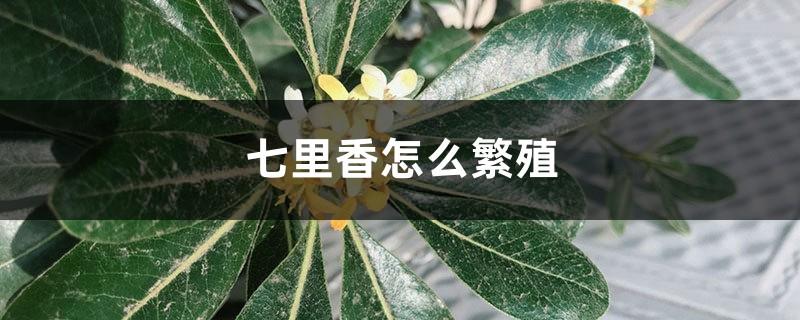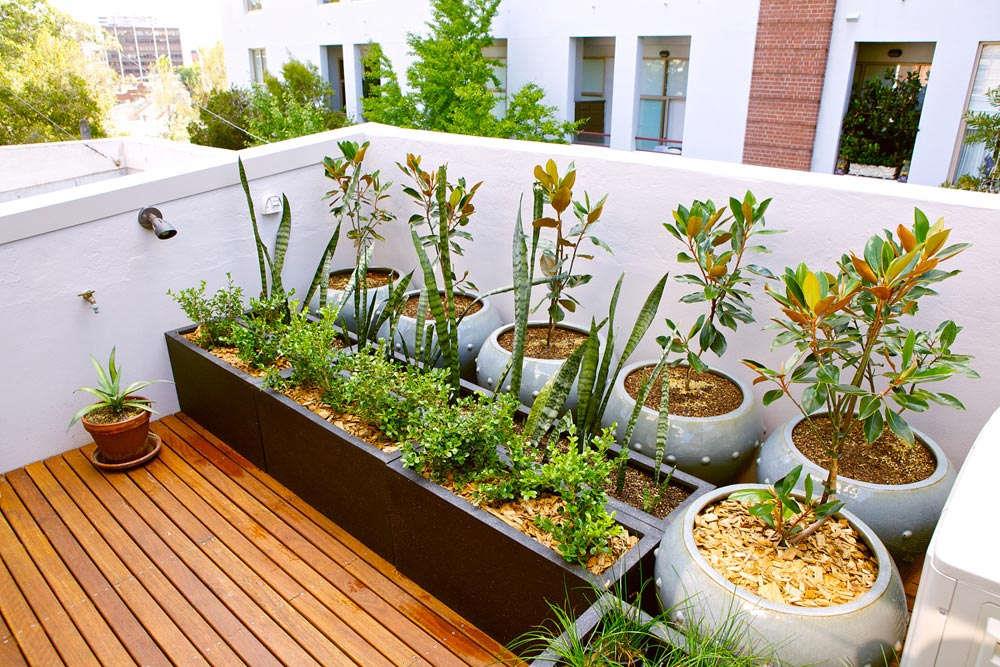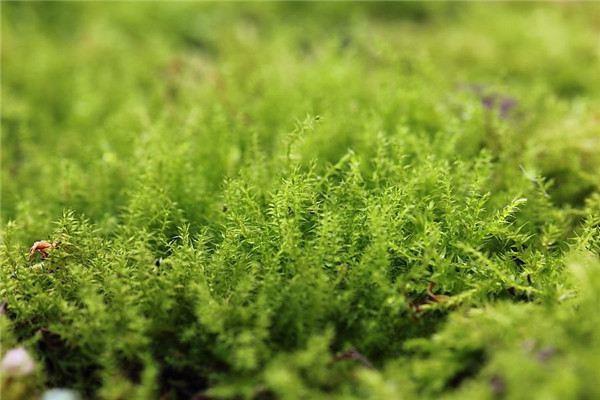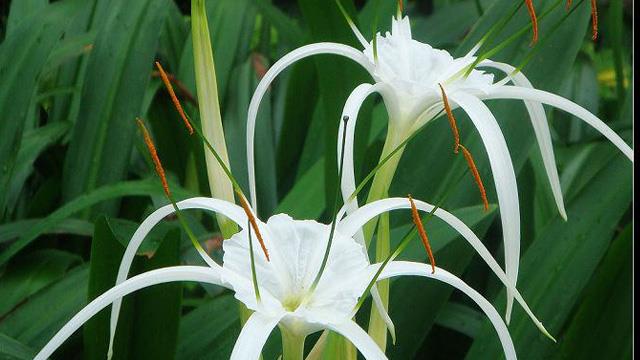How to propagate Qilixiang
Last Update :2024.11.14
Article Catalog
Sowing and propagation: Pick plump, ripe vermilion fruits, rub them in clean water, remove the peel and impurities, spread the seeds and fine sand evenly on the seedbed, cover with soil 1.2cm thick, then cover with grass and irrigate with water; propagation by cuttings: Carry out in spring, cut off part of the leaves of the cuttings, and insert the cuttings into the soil; layering propagation: peel or cut the cuttings in a circle and bury them in the soil.

sowing and propagating
Propagation by sowing
Pick plump, ripe red fruits, rub them in clean water to remove the peel and impurities and deflated grains floating on the water, and dry them for later use.
Spring sowing
It can be sown from March to May. When the temperature is 16°C to 22°C, germination will occur 25 to 35 days after sowing.
Autumn sowing
Autumn sowing is suitable from September to early October. Before sowing, choose a nursery with good water and fertilizer conditions as a seedling ground. Deeply plow, break up the soil, and rake it flat to make a border with a width of 1~1.2m.
Broadcasting
The spacing between rows is 30m.
Broadcasting
Mix the seeds with fine sand and spread evenly on the seedbed. After sowing, cover with soil 1.2cm thick, then cover with grass and irrigate. Start thinning when 2 to 3 true leaves appear, keeping the distance between plants 10 to 15cm. Combined with weeding, topdressing with human and animal manure. After application, spray water on the leaves to prevent fertilizer from burning the seedlings. Plant when the seedlings are 15 to 20 cm tall.

Propagation by cuttings
Suitable in spring Or in the rainy season from July to August, cut branches that are more than one year old with substantial tissue, medium maturity, and gray-green epidermis to make cuttings. Young branches that are born in the same year should not be used.
The cuttings are 10~15cm long and have 4~5 nodes. Cut off the leaves between the 1st and 2nd nodes to reduce water evaporation from the leaf surface. In order to expand the root surface and absorb water, the cutting edge needs to be cut obliquely and flatly to improve the survival rate of the cuttings.
When the temperature is between 18℃ and 25℃, rooting will take place 35 to 40 days after transplanting. If the temperature is lower than 18℃, rooting will be delayed for 5 to 7 days. Rooting will be faster if you use "Root Sun" rooting agent

Treatment method
Mix 350 times liquid rooting agent and yellow mud into mud. Dip the cutting edge of the cutting into the mud. After treatment, wait for the mud to dry before inserting it into the seedling pond. When inserting it into the seedling pond, be careful Use a stick to insert the hole first and then insert the seedlings to prevent the yellow mud from breaking away from the cuttings and affecting the rooting effect. The cutting medium can be river sand or yellow mud directly. The spacing between rows is 9cmx12cm. After transplanting, it should be covered with 70% to 80% shade net, then watered thoroughly, and then sprayed with water 1 to 2 times a day to keep the soil in the bed moist. Can. The temperature is 18℃~25℃. Roots can be produced in 20~25 days after transplantation.
Layering propagation
Generally carried out in siltation, part of the aged branches are peeled or cut in a circular shape and buried in the soil, waiting for them to take root and sprout, and then peeled off in late autumn or the following spring. , ready for planting.

Propagation by cuttings
layering breeding
- END -
A complete list of common varieties of pot grass!

Speaking of pot-protecting plants, from the name, we know that this is a kind of f...
The difference between manjusri and fragrant orchid

Leaf differences: The shape is band-like and lanceolate, dark green. The leaves of...